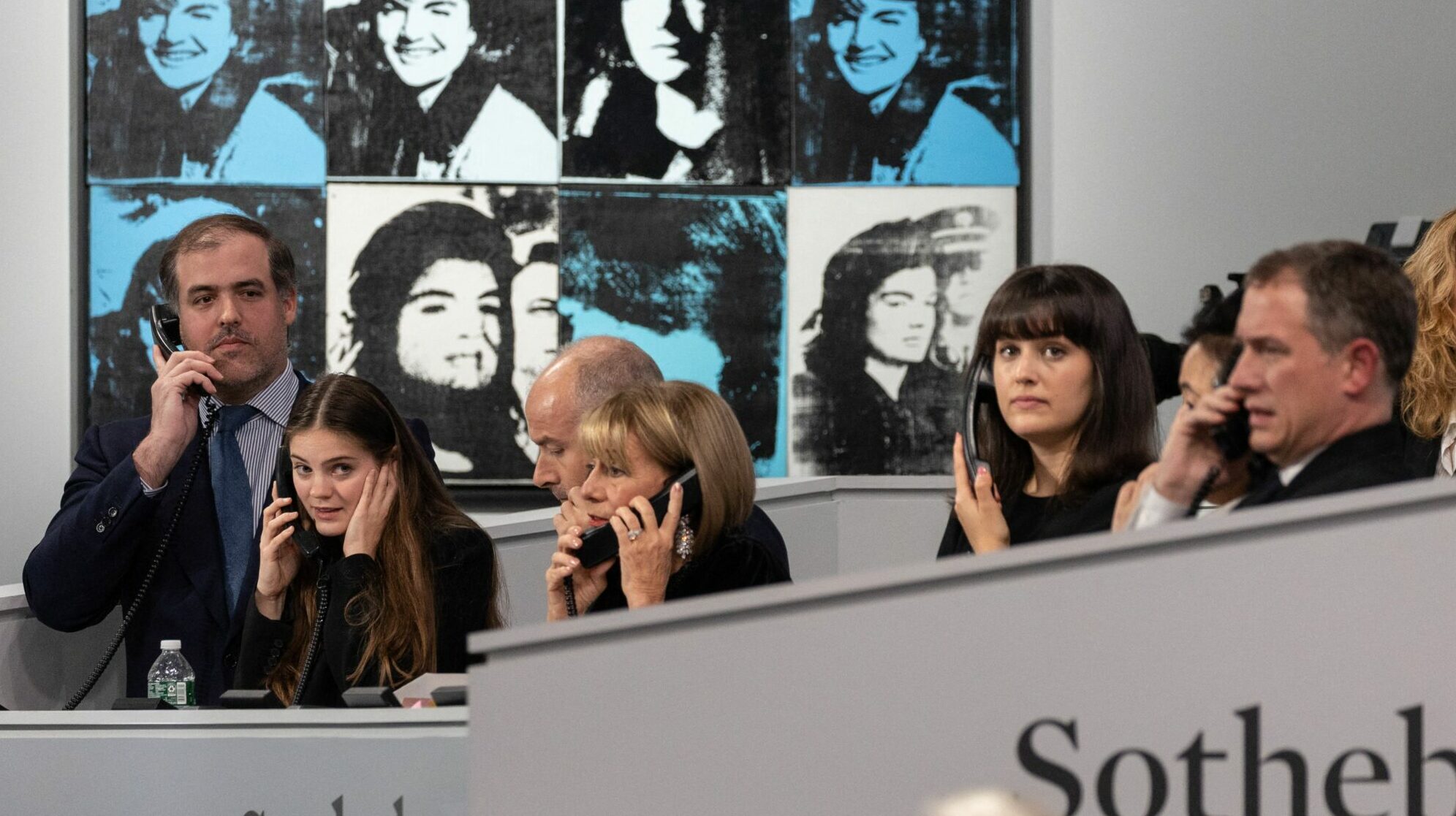
The headline number for auction transactions always gets the most attention in art market reporting. Those raw numbers are meaningful, but they are also highly misleading because the art market isn’t one market—it’s a collection of independent markets partitioned by period, style, movement, artist, and even bodies of work within an artist’s oeuvre. And, as true collectors know, the overall market can also be divided by the value of the property sold. Indeed, when I asked our friends at ARTDAI to divide the auction results from the past 17 years into six separate price categories—sales above $25 million; those between $5 million and $25 million; between $1 million and $5 million; between $250,000 and $1 million; between $50,000 and $250,000; and everything sold for below $50,000—the segmented results offered a far more nuanced picture of recent trends.
Among the more interesting findings is the strength of the market at lower price points, defying the broader narrative of a crash. If we’re in an art market recession, no one told buyers willing to spend up to $250,000. Sure, the overall auction market hit a four-year low in the first half of 2024, potentially due to a number of factors: the rotation from contemporary artists to historical ones, consignors unwilling to take risk, and political and macroeconomic nervousness that have made selling art a lower priority. But the volume of art sold at auction actually rose in price bands between $50,000 and $1 million during the same period. And if you were selling work priced below $50,000, the volume was actually higher than at any time from late 2008 to late 2022. Moreover, the growth in the under-$50,000 sector is coming from more and more lots being sold at auction rather than prices rising in the category due to, say, inflation.
This post was originally published on this site be sure to check out more of their content





